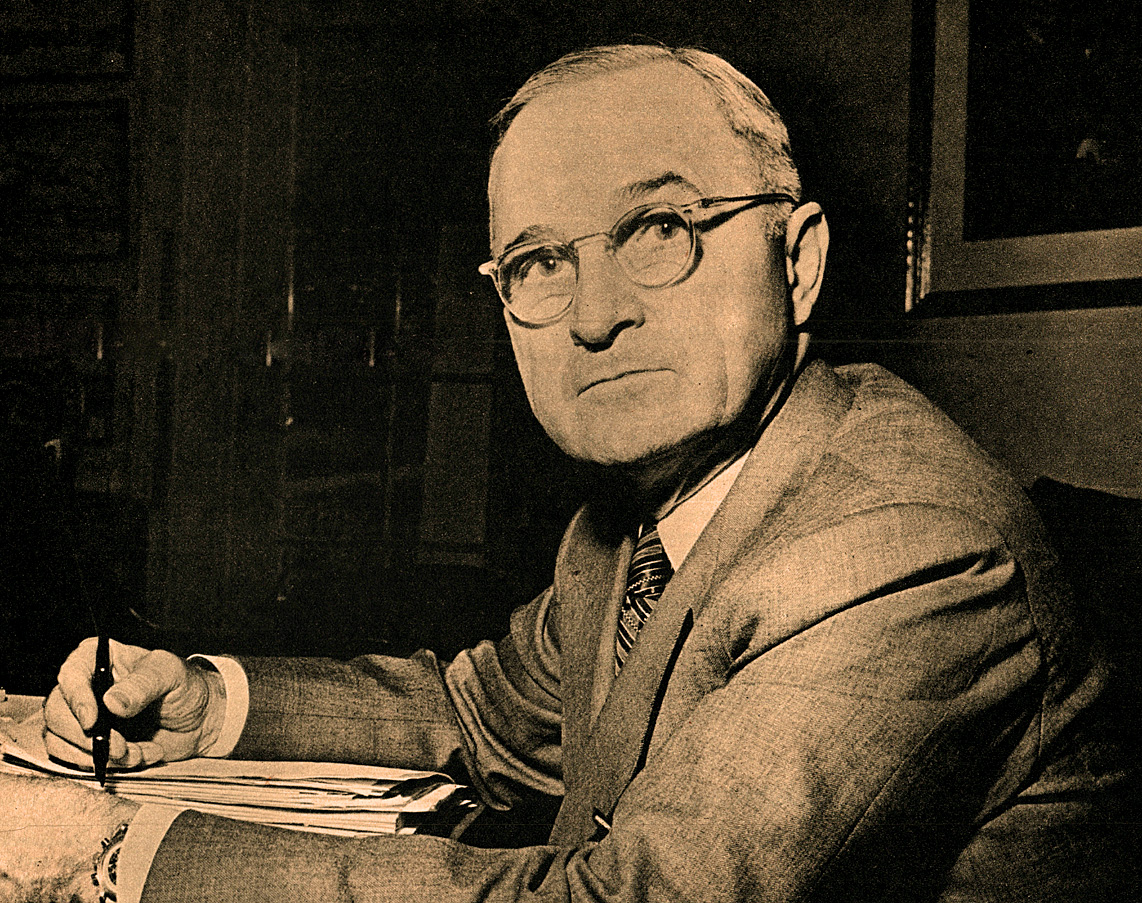The year 1952 was a significant period in American history, marked by political transitions and pivotal decisions that shaped the future of the nation. As the Cold War intensified, the leadership of the United States played a critical role in both domestic and international affairs. In this article, we will explore who was the president in 1952, the context of his presidency, and the impact of his policies on the country.
Understanding the presidency during this era is essential for grasping the complexities of American politics and society in the mid-20th century. This article will delve into the life and political career of President Harry S. Truman, who was in office during the critical year of 1952. We will also examine the events that defined his presidency and the transition to his successor, Dwight D. Eisenhower.
Join us as we uncover the significant events, policies, and personalities that characterized the presidency in 1952. By the end of this article, you will have a comprehensive understanding of the political landscape of that time and how it continues to resonate in today's world.
- 1. Introduction to the Presidency in 1952
- 2. Who Was President in 1952?
- 3. Key Events During Truman's Presidency
- 4. Domestic Policies of Harry S. Truman
- 5. Foreign Policies of Harry S. Truman
- 6. The Election of 1952
- 7. Transition to Eisenhower
- 8. Conclusion
1. Introduction to the Presidency in 1952
The presidency of the United States is a powerful office that influences not only the nation but the world. In 1952, this office was held by Harry S. Truman, who had been in power since 1945 following the death of Franklin D. Roosevelt. Truman's tenure was characterized by significant challenges, including the aftermath of World War II, the onset of the Cold War, and domestic issues such as civil rights and economic recovery.
2. Who Was President in 1952?
Harry S. Truman served as the 33rd President of the United States from April 12, 1945, to January 20, 1953. His presidency was defined by major decisions that would impact U.S. policy for decades to come.
| Name | Harry S. Truman |
|---|---|
| Born | May 8, 1884 |
| Died | December 26, 1972 |
| Presidential Term | 1945-1953 |
| Political Party | Democratic |
3. Key Events During Truman's Presidency
Truman's presidency was marked by several key events that shaped American history:
- **The Truman Doctrine (1947)**: A policy aimed at containing communism.
- **The Marshall Plan (1948)**: An initiative to aid European recovery post-WWII.
- **The Korean War (1950-1953)**: A conflict that tested U.S. foreign policy and military strategy.
3.1. The Cold War Context
The Cold War began shortly after World War II and was a period of geopolitical tension between the United States and the Soviet Union. Truman's administration had to navigate this complex landscape, making decisions that would define U.S. foreign policy for years.
3.2. Domestic Challenges
During his presidency, Truman faced several domestic challenges, including civil rights issues and economic instability. His administration sought to promote civil rights through various initiatives, although progress was slow.
4. Domestic Policies of Harry S. Truman
Truman's domestic policies were focused on economic recovery and social justice. Key policies included:
- **The Fair Deal**: A series of proposals aimed at improving social welfare and economic conditions.
- **Civil Rights Advocacy**: Truman took steps to integrate the military and support civil rights legislation.
5. Foreign Policies of Harry S. Truman
Truman's foreign policies were heavily influenced by the realities of the Cold War. Notable aspects include:
- **Containment Strategy**: Efforts to prevent the spread of communism globally.
- **NATO Formation**: The establishment of a military alliance to counter Soviet influence.
6. The Election of 1952
The election year of 1952 was pivotal as Truman decided not to seek re-election. The Democratic Party faced challenges, and Dwight D. Eisenhower emerged as the Republican candidate.
- **Eisenhower's Campaign**: Promised to end the Korean War and reduce government spending.
- **Political Landscape**: The election reflected growing public dissatisfaction with the Democratic Party and Truman's policies.
7. Transition to Eisenhower
The transition from Truman to Eisenhower marked a significant shift in U.S. politics. Eisenhower's presidency began on January 20, 1953, bringing a new approach to both domestic and foreign policy.
8. Conclusion
In conclusion, the year 1952 was a defining moment in American history, characterized by the leadership of Harry S. Truman. His presidency laid the groundwork for future policies and set the stage for the challenges that would be faced by his successor, Dwight D. Eisenhower. Understanding the complexities of this era is essential for appreciating the evolution of American politics.
We encourage you to share your thoughts on this article, leave a comment, and explore more content on our site to deepen your knowledge of American history.
Thank you for reading, and we hope to see you back on our site soon!




